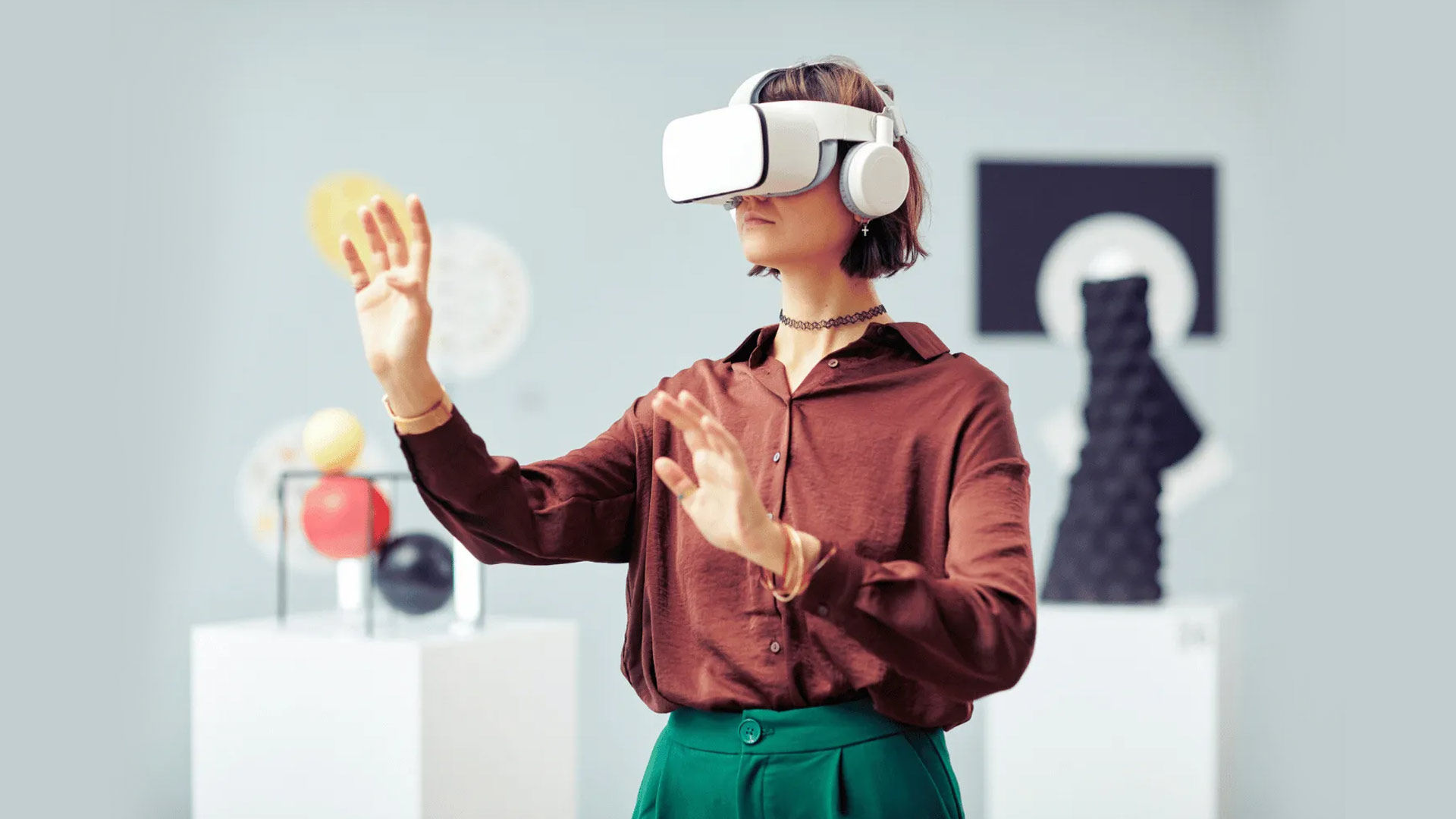
In the age of digital transformation, museums are increasingly turning to Artificial Intelligence (AI) to break down barriers to cultural inclusion and accessibility. From leveraging cutting-edge technology like Apple's Vision Pro’s framework for real-time language translation and captioning to using 3D printing for creating tactile representations, the possibilities for inclusivity are expanding. This article explores how AI is being integrated into museums to foster an inclusive environment for visitors with disabilities and/ or language barriers, providing a richer, more accessible cultural experience for everyone.
AI and Language Accessibility: Apple's Vision Framework
Language is often a significant hurdle in the diverse museum landscape. Apple's Vision Pro provides an innovative solution, offering real-time language translation and captioning that ensures visitors from all linguistic backgrounds can fully engage with exhibits. The technology's ability to translate text on the fly and provide captioning for audio guides exemplifies the potential of AI in creating a more inclusive museum experience.
In addition to language barriers, Apple’s Vision Pro has the potential for visual audio descriptions. One can imagine a world where audio descriptions can be easily created by GPTs and then uploaded onto the device. Now this device can easily display for all audiences.
Tactile Experiences Through 3D Printing
For visually impaired visitors, 3D printing has emerged as a powerful tool. By creating tactile models of artifacts and artworks, museums can offer a hands-on experience that was previously inaccessible to people with visual impairment. This tangible approach allows individuals with visual disabilities to connect with the exhibits through touch, facilitating an inclusive learning environment that respects the needs of all visitors.
Visual Descriptions via Phone QR Codes, ChatGPT, and Smart Network Devices
The integration of QR codes and conversational AI like ChatGPT in museums serves as a digital docent, providing detailed visual descriptions and contextual information about exhibits. By scanning a QR code with a smartphone, and integrating with the smart network, visitors can receive auditory descriptions and directions generated by AI, making visual content accessible to those with visual impairments. This use of technology ensures that every individual has the opportunity to engage with museum collections in a meaningful way.
Conclusion
As museums continue to embrace AI technologies like Apple Vision Pros, 3D printing, Smart networks, and QR code-powered ChatGPT, they are setting a new standard for inclusive accessibility. These innovations not only empower people with disabilities and language barriers but also enrich the cultural landscape for all visitors. By prioritizing inclusivity, museums are not only preserving history but also shaping a future where culture and knowledge are accessible to everyone.
Follow us: